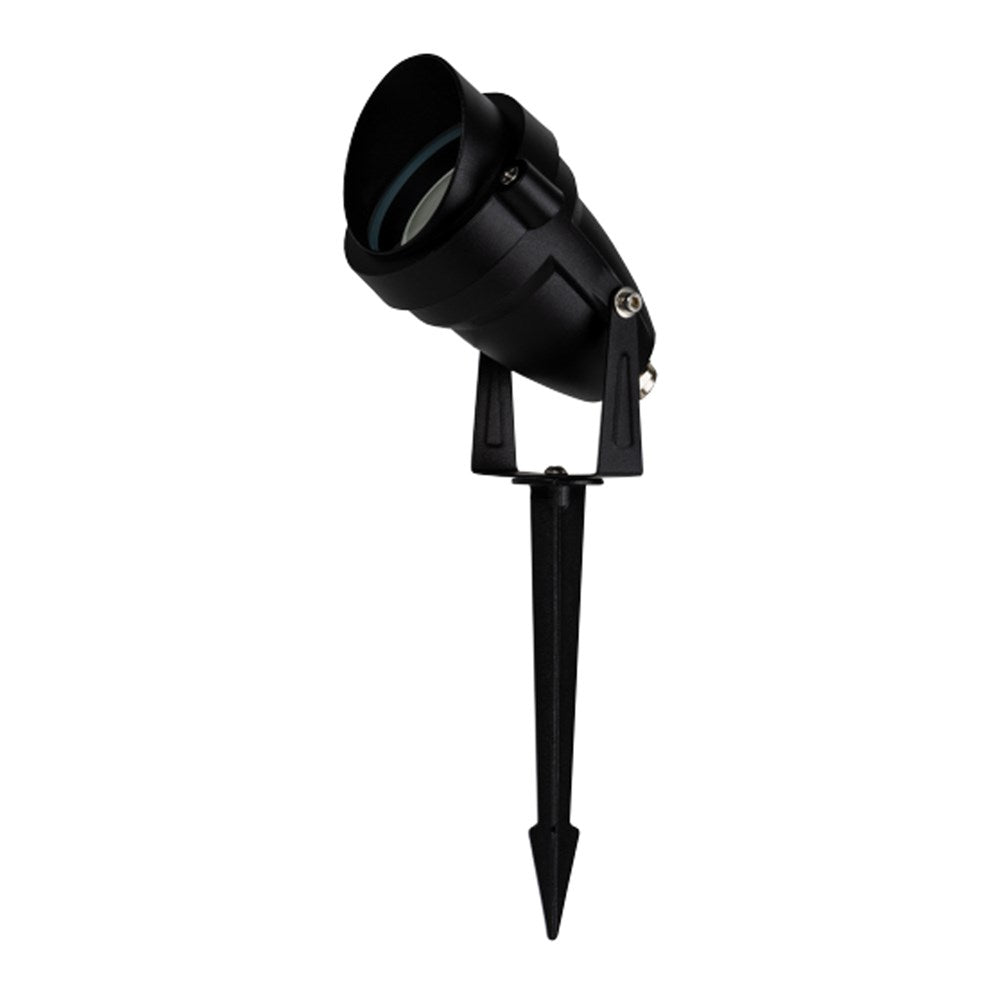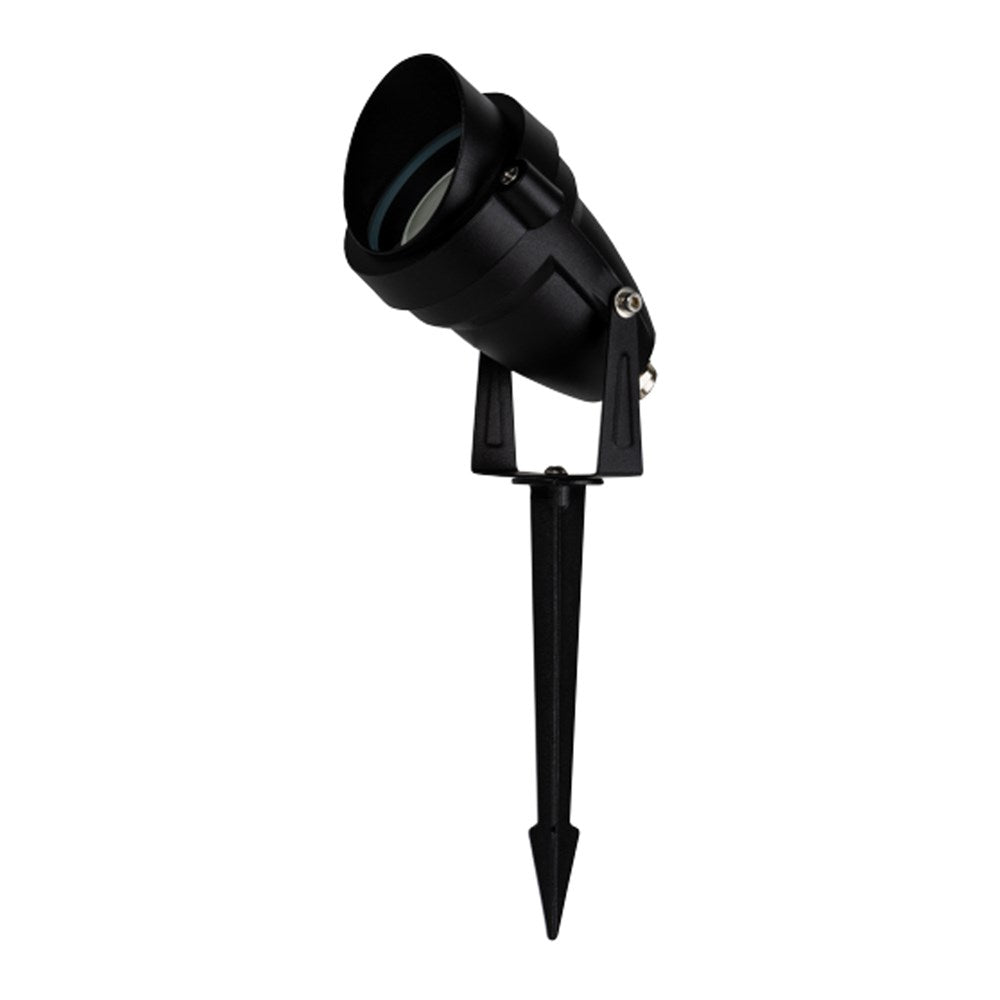How to Choose the Right Light Globe (Fast Guide)
How to Choose the Right Light Globe (Fast Guide)
Stop guessing. Use this simple, step-by-step guide to get the right base, the right brightness, and the right colour — first time.
Globe shopping got confusing the day LEDs replaced incandescent bulbs. The good news? You can nail it in three steps: Fit → Function → Finish. Keep this page handy and you’ll choose in minutes, not hours.
Step 1 — Fit: base, voltage & size
Start with the socket (base) and power. Match the letters on your old globe or the fitting label:
| Common bases |
E27 (Large Edison screw, 240V) E14 (Small Edison screw, 240V) B22 (Bayonet, 240V) GU10 (240V twist-lock downlight) MR16 (12V two-pin, needs driver)
Tip: MR16 is 12V low-voltage; GU10 is 240V mains. Don’t mix them. |
|---|---|
| Voltage | 240V (most lamps) vs 12V (some downlights, garden). 12V needs a compatible LED driver/transformer. |
| Shape & size | Pick the silhouette that fits your shade: A60/GLS (standard), G95/G125 (round “globe”), ST64 (vintage), candle (chandeliers), PAR/R (spot/flood). |
Step 2 — Function: brightness, beam & colour
Brightness = lumens (not watts)
Watts measure power, not light. Compare lumens to match your old bulb’s brightness. If you’re using a dimmer, choose a brighter globe and dim it down for flexibility.
Beam angle
Wide beams (≥180°) fill rooms and shades with even light. Narrow beams (15°–60°) highlight art, benches or signage. Think “flood” vs “spot”.
Colour temperature (CCT)
- 3000K — Warm white: cosy, relaxing (bedrooms, lounges, dining).
- 4000K — Neutral white: balanced and versatile (kitchens, hallways).
- 5000K+ — Daylight: crisp and energising (workshops, laundries, home offices).
Colour quality (CRI)
CRI tells you how faithfully colours appear under a light (100 is perfect). CRI 80+ suits most spaces, while CRI 90+ is great for kitchens, retail and artwork.
Step 3 — Finish: dimming, quality & special cases
Dimmable or not?
Only buy dimmable if you’ll actually dim. It costs a little more, but gives mood control. Pair with a compatible dimmer to avoid flicker or buzz.
Build quality & heat sinks
LEDs still make heat — good globes use metal/ceramic heat sinks to protect the electronics and last longer. Cheap “no-name” lamps may chase higher lumens at the expense of life.
Bathrooms & outdoors (IP ratings)
Use the right IP rating in wet or dusty locations (e.g., IP44+ for bathrooms, higher for exposed outdoor fittings). Always follow zone rules and electrician advice.
Cheat-sheets
Base & use at a glance
| E27 / B22 | Most table/floor lamps, pendants, oysters. |
|---|---|
| GU10 (240V) | Retrofit downlights without drivers. Twist-lock, mains voltage. |
| MR16 (12V) | Older downlights/garden. Needs compatible LED driver/transformer. |
| E14 / Candle | Chandeliers, wall sconces, narrow shades. |
| G95 / G125 | Statement globes in open pendants or exposed sockets. |
Approx. lumen equivalents*
| Old incandescent | Typical LED lumens |
|---|---|
| 25W | 200–250 lm |
| 40W | 400–470 lm |
| 60W | 700–806 lm |
| 75W | 1000–1100 lm |
| 100W | 1300–1600 lm |
*Guidelines only. Check the lumen number on the pack for accuracy.
Quick picks by room
- Living / bedrooms: 3000K warm, wide beam. Dimmable if you relax there.
- Kitchen: 4000K neutral, high CRI, brighter lumens. Narrower beams for benches.
- Home office / garage: 5000K daylight, high lumens for alertness and clarity.
- Bathrooms: 3000–4000K, suitable IP rating, consider anti-glare designs.
- Decorative pendants: G95/G125 filament look, 2200–2700K for ambience.
FAQs
How many lumens equal a 60W bulb?
Roughly 700–800 lumens. Always compare lumens, not watts.
Do I need a dimmable globe?
Only if you’ll use a dimmer. Choose quality dimmable globes and a compatible dimmer to minimise flicker.
What’s the difference between GU10 and MR16?
GU10 is 240V mains with twist-lock pins. MR16 is 12V two-pin and needs an LED-compatible driver/transformer.
What does CRI 90 mean?
Colours look more natural and vivid compared to CRI 80 — useful for kitchens, retail, and artwork.
Warm vs cool — which colour should I pick?
Warm (3000K) feels relaxing, neutral (4000K) is balanced, daylight (5000K) is bright and task-friendly.
Ready to choose?
Start with the base and voltage, match your lumens and colour, then decide on dimming. That’s it — globe sorted.


























































































































